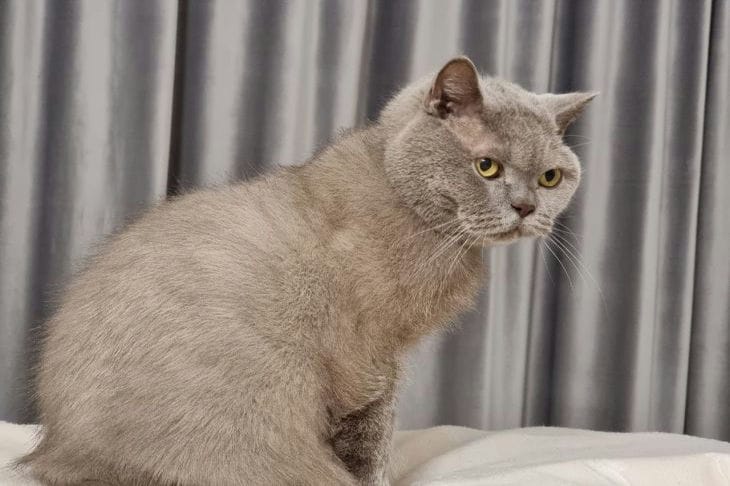What to do to stop a cat from touching the curtains: felinologists' secrets for the peace of mind of owners
Cats, adorable pets, can create a real problem for owners because of their love for curtains.
Scratching, chewing and playing with curtains not only spoil the interior, but can also be dangerous for the animals themselves. How can you preserve your curtains without limiting your cat's natural behavior?
Reasons for cats' interest in curtains
Before we tackle the problem, it's important to understand why cats love to play with curtains.
The main reasons for this behavior are rooted in the natural instincts of animals. Curtains remind cats of tall grass or trees, where their wild ancestors hunted and hid.
In addition, the movement of curtains from the wind or draft awakens the hunting instinct, causing the cat to attack the "prey".

Distraction
One effective way to stop your cat from playing with the curtains is to provide him with alternative entertainment.
Toys, scratching posts and interactive puzzles will help direct your pet's energy in the right direction.
Toys that are hung at the cat's eye level and that imitate the movement of prey can be especially useful.
Creating unpleasant associations
Another method is to make the curtains less attractive to the cat. You can use special sprays with a smell that cats do not like, or place double-sided tape on the curtains.
It is important to remember that these methods must be safe for the animal and not cause stress.
Physical barriers
Sometimes the simplest solution may be to create a physical barrier between the cat and the curtains.
You can use blinds or roller blinds instead of traditional curtains. It can also be effective to place a scratching post or cat house in front of the window to distract your pet from the curtains.
Training and positive reinforcement
Patience and consistency are the keys to success in changing your cat's behavior.
Every time your pet tries to play with the curtains, he needs to be gently but firmly distracted and his attention redirected to the allowed toy.
It is important to praise the cat and give him a treat when he plays with suitable objects.
Ensuring sufficient activity
Often cats start playing with curtains out of boredom or lack of physical activity.
Regular games with the owner, interactive toys and climbing frames will help the cat release energy and be less interested in the curtains.
It is especially important to pay attention to a kitten or young cat who is still full of energy.
Choosing the Right Curtains
When choosing new curtains, it is worth considering the presence of a cat in the house. Preference should be given to dense, heavy fabrics that are less likely to attract the animal's attention with their movement.
You can also choose curtains that don't reach the floor so that your cat can't get caught on them.
Use of repellents
In extreme cases, you can resort to special devices that react to movement. They make a sound or spray a harmless substance when the cat approaches the curtains.
However, it is important to remember that such methods can cause stress to the animal and should be used with caution.
